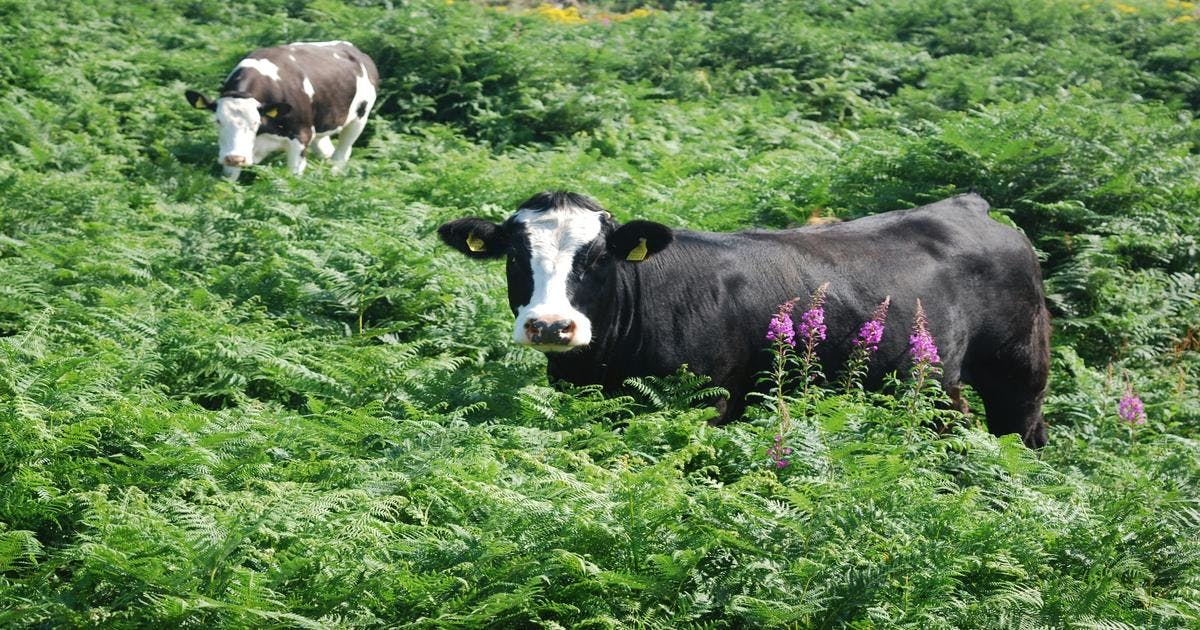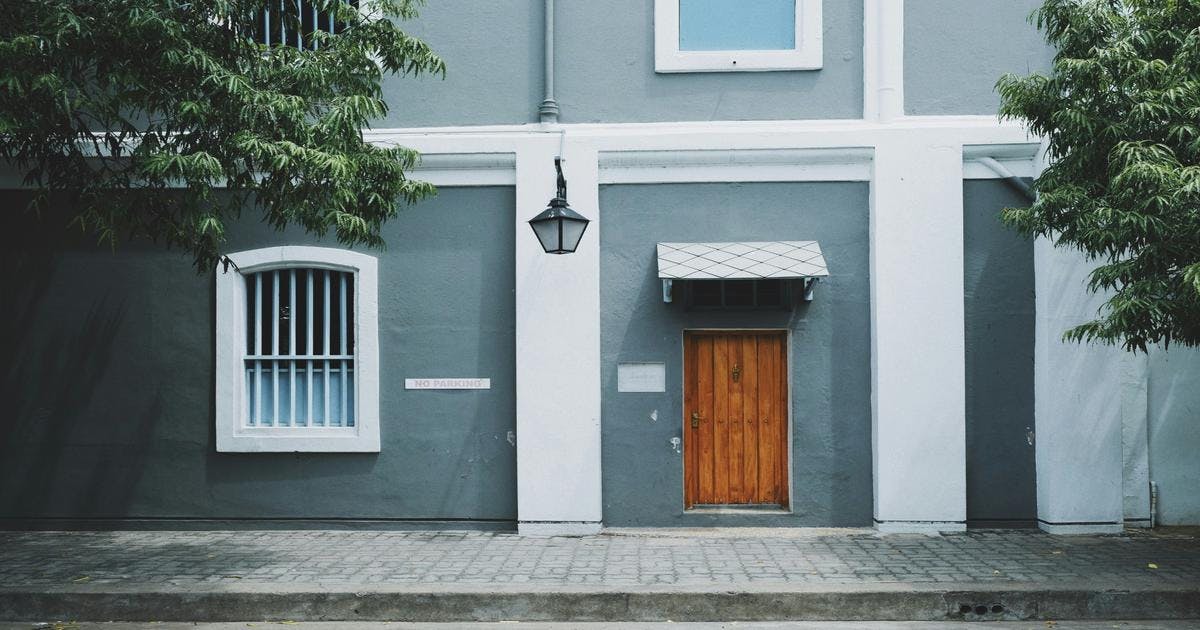
Business Relief in Ireland

Summary
Business Relief in Ireland reduces the taxable value of qualifying business assets for Capital Acquisitions Tax by 90%.
Passing on a family business or shares in a trading company can create a huge Capital Acquisitions Tax (CAT) bill. Without proper planning, heirs may be forced to sell assets just to cover the tax liability. Fortunately, Ireland’s Business Relief offers a solution - reducing the taxable value of qualifying business property by 90%.
This blog is your definitive guide to Business Relief in Ireland: how it works, who qualifies, how to calculate it, common mistakes, and strategies to combine it with other reliefs. Most importantly, we’ll show you how Irish Tax Hub can help you maximise relief while ensuring full Revenue compliance.
🔑 What is Business Relief in Ireland?
Business Relief is a Capital Acquisitions Tax (CAT) relief under the Capital Acquisitions Tax Consolidation Act 2003 (CATCA 2003).
It applies to the transfer of qualifying business assets by gift or inheritance, reducing the taxable value of those assets by 90%.
Example:
- Market value of family company shares: €2,000,000
- Value for CAT purposes with Business Relief: €200,000
- Tax at 33% without relief: €660,000
- Tax with relief: €66,000
That’s a saving of €594,000 - showing why this relief is central to succession planning in Ireland.
✅ What Assets Qualify for Business Relief?
Qualifying assets generally include:
- A business or an interest in a business (sole trader, partnership, etc.)
- Unquoted shares in a trading company (or the holding company of a trading group)
- Certain business property, provided it is actively used in trading
🚫 What Assets Do NOT Qualify?
Relief does not apply to:
- Investment companies or assets mainly held for investment (e.g., rental property portfolios)
- Development land or speculative property assets
- Assets not used in the course of a trade
This distinction is crucial: businesses with both trading and investment activities may only partially qualify.
📋 Key Conditions for Business Relief
To claim Business Relief, specific conditions must be met:
Trading Requirement
- The business must be a genuine trading business.
- Investment, dealing in shares, or property speculation usually disqualify the company.
Ownership / Control Requirement
The disponer (the person giving the gift/inheritance) must have:
- Owned at least 25% of the voting rights, or
- Controlled the company, or
- Held at least 10% if part of a group with ≥75% controlled by family.
Minimum Ownership Period
- The disponer must have owned the business or shares for a minimum of two years before the transfer.
Retention Rule
- The recipient must retain the business assets for at least six years after the gift/inheritance.
- If sold before this, Revenue may claw back the relief.
🔍 Business Relief vs Agricultural Relief
Both Business Relief and Agricultural Relief reduce CAT by 90%, but they apply in different contexts:
- Agricultural Relief: applies to farms and related assets where >80% of assets are agricultural.
- Business Relief: applies to trading businesses and shares in trading companies.
In some mixed cases (e.g., farming companies with business activities), careful analysis is needed to decide which relief is more beneficial.
📊 How to Calculate Business Relief
- Establish the market value of the business assets.
- Determine if assets qualify as business assets.
- Apply the 90% reduction to the qualifying portion.
- Deduct CAT thresholds (Group A, B, or C depending on relationship).
- Apply CAT at 33% to the balance.
Worked Example:
- Inheritance of business assets: €1,500,000
- Qualifying for Business Relief: €1,500,000 × 10% = €150,000 taxable value
- Apply Group A threshold (child): €335,000
- Result: No CAT liability at all
⚠️ Common Pitfalls
- Mixed companies (trading + investment) - Revenue may deny relief if >50% of value is from passive investments.
- Failure to meet ownership period - Assets must be held for at least 2 years by disponer.
- Clawback due to early sale - Beneficiaries selling within 6 years risk losing relief.
- Documentation gaps - Inadequate records can jeopardise claims during Revenue audits.
⚖️ Interaction with Other Reliefs
- Retirement Relief: Applies on disposals by individuals aged 55+; can be combined with Business Relief in succession planning.
- Entrepreneur Relief: Applies on CGT at disposal; different from Business Relief but can be part of an integrated strategy.
- Favourite Nephew/Niece Relief: May reduce CAT if business passes to certain relatives.
📈 Why Business Relief Matters More in 2025
- CAT rate remains 33% - one of the highest in the EU.
- Rising business valuations mean higher exposure to inheritance tax.
- Revenue scrutiny is tightening - professional advice is critical to avoid pitfalls.
- Families that don’t plan risk being forced to sell trading companies just to pay tax.
💡 How Irish Tax Hub Can Help You
At Irish Tax Hub, we don’t just explain Business Relief - we help you secure it. Our services include:
- Preparing all Revenue submissions and documentation.
- Protecting your family wealth by minimising CAT exposure.
⚡ Book a consultation with Irish Tax Hub today. Let us ensure your family business passes smoothly to the next generation - without crippling tax bills.
This blog post is for informational purposes only and does not constitute tax, financial, or legal advice. Tax laws and regulations are subject to change and may vary based on individual circumstances. Readers are strongly encouraged to consult with a qualified tax professional or financial advisor before making decisions based on the information provided. We make no guarantee regarding the accuracy, completeness, or applicability of this content to your particular tax situation.
Found this article helpful? Share it with others


